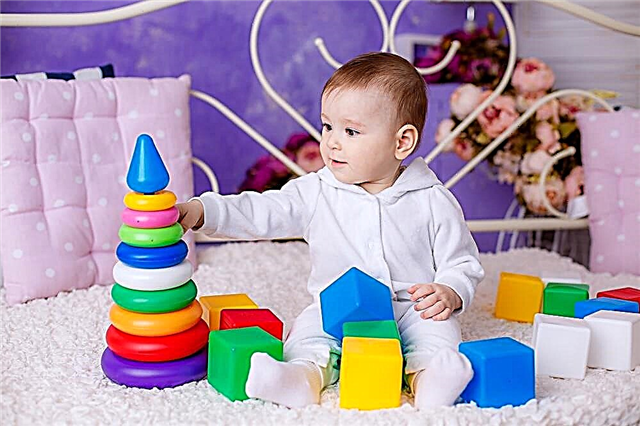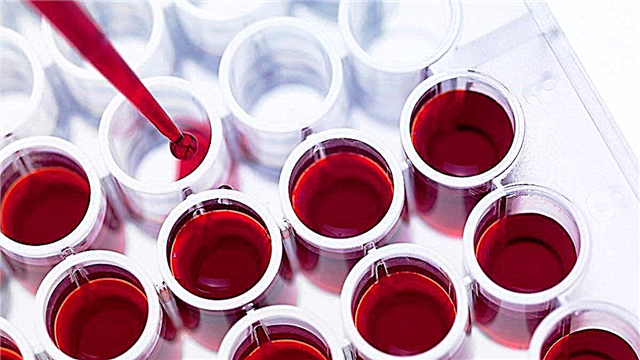I wonder why does pink lichen develop in a child? Is the disease contagious? Read on to learn about the symptoms and treatment options for this ailment.
The appearance of a rough patch on the skin of a child sometimes indicates that it is lichen rosacea. Although this type of lichen is considered harmless and sometimes even goes away on its own, an expert assessment is needed to rule out other types of dermatological diseases.
Lichen pink is a non-cancerous (benign) rash that mainly affects the back, chest, and abdomen. It spreads rather quickly and lasts about 12 weeks. The disease was first described by a French physician named Camille Melchior Gilbert in 1860.
Causes
The etiology of lichen rosacea is still not fully known. Experts cannot find the true cause of the disease. The infectious etiology of lichen rosacea has been studied for many years. It has been hypothesized that the condition is caused by a viral agent. When observed under a microscope, viral changes and viral particles were seen. However, blood tests for antibodies or special tests such as polymerase chain reaction have not been positive to identify the specific virus causing the condition.
Some studies indicate that herpes simplex viruses (HHV) types 6 and 7 may be the cause of lichen pink. Other organisms to be considered as causative agents of this condition include Legionella pneumoniae, Chlamydia pneumoniae, and Mycoplasma pneumonia. However, this has not been proven.
Pink lichen is more common in children 5 to 10 years old. The main factors contributing to the development of the disease are:
- a weakened immune system;
- endocrine system diseases;
- chronic respiratory infections;
- long-term use of antimicrobial drugs;
- allergic skin reactions to synthetic clothing.

Is lichen rosacea contagious?
There is no definitive answer to this question due to the lack of medical evidence. In most cases, lichen rosacea is considered self-limiting and harmless. There are not many cases in which family members of a sick person develop a rash, so it is believed that lichen rosacea is not contagious. The agent in charge of the disease does not seem to spread to others through personal contact. But there is still no clarity regarding the contagious nature of pink lichen.
Doctors believe that the pathology may be associated with an unfavorable pregnancy outcome. It is believed that women who have this skin condition in the first trimester of pregnancy may have a baby with flaccid baby syndrome (muscle hypotension). Premature birth is another risk associated with lichen rosacea.
Although lichen rosacea is not believed to be contagious, you should refrain from sharing clothing or other personal items of an affected person to stay safe.

Symptoms
The symptoms of lichen rosacea in children can be labeled according to the stage of the condition.
The first stage is characterized by the absence of any serious signs on the skin. The only problem is itching. The first symptom that can be noticed is bumps on the skin. They look like mosquito or other insect bites.
At this stage, not only parents, but also a dermatologist may misinterpret these signs. It may be misdiagnosed.
In the second stage, the patient will feel excessive itching, especially after physical exertion or if under stressful conditions. A red plaque appears, which is oval in size from 2 to 10 cm and is called the "maternal spot". Usually appears on the chest.
The plaque may also be less common in other areas of the trunk, such as the genitals, scalp, or face. It grows gradually over several days.
The skin looks scaly, rough, and dry. It is also covered with white spots; this condition is usually observed in winter. Parents in this situation resort to using medicated or even regular body creams to relieve symptoms because they believe their children have a rash due to drying out of the skin due to changes in the weather, or it could be an attack of eczema (skin inflammation).
In the third stage, the rash spreads throughout the body. This usually occurs, on average, within a week from the initial appearance of the plaque.
The rash appears as small raised red patches 0.5 to 1.5 cm in size. They appear on the chest, abdomen, arms, legs (hips), neck, etc. Usually the face is not affected.

In fair-skinned patients, the rash is pinkish-reddish in color. In people with dark skin, these lichen patches can be gray, dark brown, or black.
Most of the rash is not painful, but it is usually itchy.
In some children, itching is mild, but it can vary, and some develop severely itchy lesions. Itching worsens when the child is hot, dressed in tight clothing, or in contact with water.
Rarely, individual children may develop mouth ulcers. The rash usually disappears within 12 weeks. Sometimes symptoms can persist for up to six months. As soon as the rash disappears, darkening or lightening of the skin may occur. It will return to normal after a few months without treatment. Pink lichen leaves no scars.
Atypical manifestations of the disease
Other atypical manifestations of lichen pink include:
- rashes appear in the reverse order. In this case, the arms and legs will be affected, but the torso remains clean. In children, the armpits and groin may be involved;
- the lesion is highly localized in one place, which complicates the diagnosis;
- large spots and fewer in number;
- itchy lesions in the form of hives spots all over the skin.
Other types of lichen pink:
- pustular (with pus oozing from lesions);
- vesicular (with blisters);
- lichen with bleeding spots over the lesions.

Diagnostics
When diagnosing, a general blood test is prescribed. In most cases, the results are normal. In some patients, an increase in the number of leukocytes is possible. In addition, lymphocyte (B-lymphocyte) growth is sometimes observed, indicating that lichen rosacea may be infectious. An increased erythrocyte sedimentation rate (ESR) is also possible, which is another marker of the disease.
Sometimes a skin biopsy may be done to take a closer look at the lesion cells. The lesion of damaged skin is cleaned and treated with a local anesthetic. Then a small piece of tissue is taken for examination.
With pink lichen, an accumulation of lymphocytes, histiocytes (tissue cells that perform a protective function), and rarely eosinophils are found in the tissues. There are changes in the superficial skin cells (epidermis) with increased keratosis (thickening of the stratum corneum of the epidermis). Moreover, white blood cells can also be seen in the superficial layers of the skin.
Differential diagnosis
When diagnosing lichen pink, it is necessary to exclude other conditions that can lead to similar damage.
- Drug rashwhich manifests itself as lichen rosacea. Certain medicines can cause a rash similar to lichen rosacea. These include: barbiturates (sedatives), bismuth preparations, captopril (used for high blood pressure), gold preparations (used for rheumatoid arthritis), metronidazole (antibiotic), D-penicillamine, interferon, hepatitis B vaccine, and BCG vaccine.
- In order to exclude syphilis, which can lead to similar skin lesions, a blood test is prescribed for antibodies to the causative agent of syphilis through a microprecipitation reaction.
- In order to exclude fungal infections, which can mimic lichen pink, scraping is taken from the damaged skin with a sterile blunt edge of a scalpel, and the material is examined under a microscope, previously stained with special dyes.

Other diseases to be excluded:
- versicolor versicolor;
- erythema multiforme;
- teardrop psoriasis;
- parapsoriasis;
- seborrheic dermatitis;
- coin eczema;
- lichen planus.
Treatment
In most cases, there is no need to treat lichen rosacea. The development and application of various treatments have been undertaken, but most have not been conclusively proven to be effective.
In general, avoiding irritants (eg, harsh soaps, fragrances, hot water, wool and synthetic fabrics, tight clothing) is all that is needed. However, it can be helpful to use a remedy to relieve bothersome itching.
How to treat lichen rosacea in a child?
- Itching often responds to mild emollients, systemic antihistamines, or topical preparations containing calamine, menthol phenol, pramoxin, or colloidal starch. For severe skin lesions, systemic steroids may be used. It should be borne in mind that while steroids relieve itching, they do not relieve rashes. The sedative effect of antihistamines will help the patient sleep better at night.
- Systemic steroids are not recommended because they can make the disease worse. However, some dermatologists prescribe prednisone for selected patients with severe itching, vesicular lesions, in order to suppress itching and rash.
- Some evidence suggests that acyclovir is beneficial. Studies have shown that using acyclovir in the first week of the onset of symptoms shortens the duration of the illness. However, acyclovir was ineffective against HHV-6 and HHV-7.
- Several antibiotics have been tried without much success. In a small clinical study, the use of erythromycin resulted in early resolution of symptoms. However, another study failed to find erythromycin helpful in this condition. Azithromycin has also not been found to be effective for children with lichen rosacea.
- If patients do not respond to drug therapy, ultraviolet radiation therapy may be recommended. It involves the controlled exposure of the affected skin to ultraviolet rays for several minutes.
Exposure to natural sunlight can also be beneficial, but burns should be avoided.
Conclusion
The prognosis for lichen rosacea is excellent as the rash usually goes away even without treatment within 12 weeks.
The disease usually leaves no scarring, although some mild, temporary changes in skin color can occur in people with darker pigmentation. Versicolor pink has no known long-term effects
Symptoms can be reduced with topical treatment or additional precautions. After suffering from pink lichen, the risk of re-disease is minimal.



